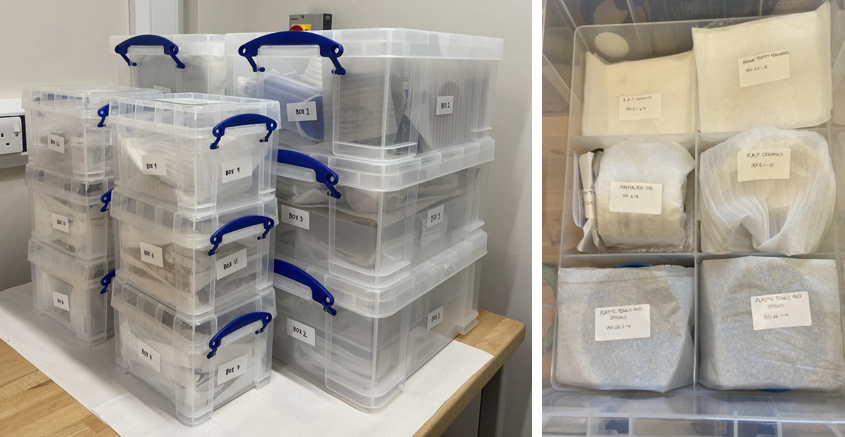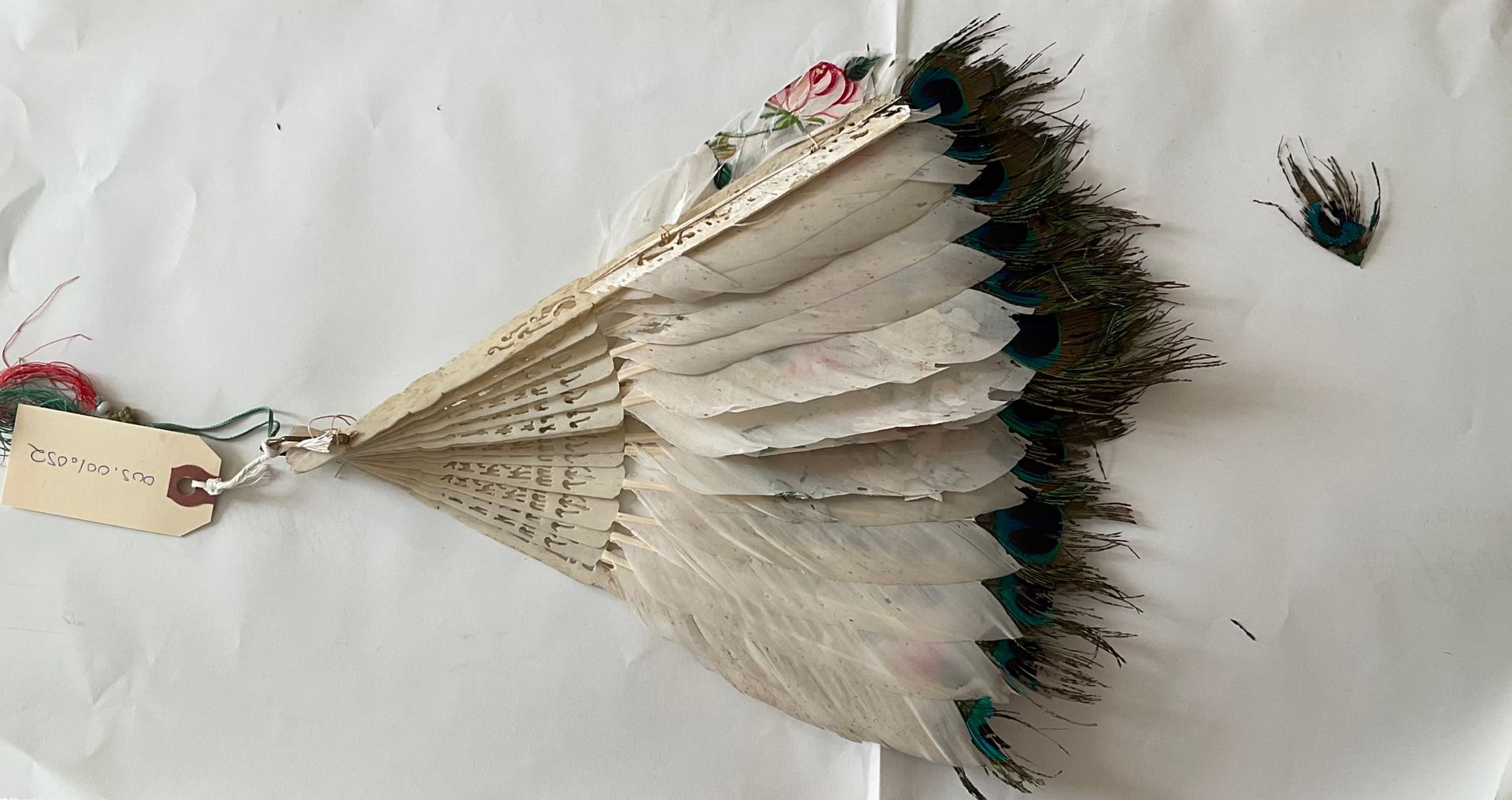555-555-5555
mymail@mailservice.com

Collections Care and Surveys
In addition to treating and assessing individual objects, I also have extensive experience in providing frameworks for holistic, long-term care for collections and sites.
Getty Conservation Institute – Il Giardino dei Tarocchi, by Niki de Saint Phalle
French American artist Niki de Saint Phalle created the Tarot Garden (Il Giardino dei Tarocchi), a sculpture park in Tuscany which is considered her lifetime biggest achievement, over a twenty year period between 1978 and 1998. This research project is a collaborative effort between the Getty Conservation Institute, the Niki Charitable Art Foundation, and the Carleton Immersive Media Studio (Carleton University) to plan for the long-term care of the Garden through extensive documentation, condition assessments, and the creation of a maintenance plan.
This project is ongoing, and the work includes multiple site visits to the Garden to conduct site-wide condition surveys of structures and sculptures, in addition to digital documentation utilizing photogrammetry techniques and site surveying. I am currently participating in writing the maintenance plan, which will be used by on-site caretakers to establish treatment priorities and methods that privilege the stability of original materials. During our next site visit in June 2024, we will also be conducting some initial treatment of painted fiberglass-reinforced polyester sculptures.
I look forward to co-presenting a paper on this project with a member of the Carleton Immersive Media Studio at the upcoming 2024 AIC Annual Meeting, where we will be discussing how the digital documentation suite works in tandem with conservation reports to preserve tangible and intangible aspects of the site.
Aerial view of the Tarot Garden, image courtesy of the Carleton Immersive Media Studio
In May 2022, two fellow art conservation graduate students, a digital media technician, and I traveled to East Sussex, UK for a two week site visit to Herstmonceaux Castle, as part of the Environments of Change research project funded by the Social Sciences and Humanities Research Council of Canada.
We were tasked with establishing a collections care protocol for a previously unmanaged collection of over 450 archeological artifacts within the Castle’s Visitor Center, which included objects in a variety of media ranging from Roman archeological ceramics to clothing from World War II. These objects were being taken off view from the Visitor Center to be replaced with objects from recent dig-school excavations.
Working with minimal resources in the remote countryside, we developed an inventory system for each object, and conducted photographic and written documentation utilizing an original condition reporting form we developed. In addition to PDF copies of the condition reports and photos, this information was also stored on a Google Sheets spreadsheet, which allowed for objects to be ranked in accordance to their priority for future treatment.
Environments of Change: Prioritizing Collections Care and Digitization of Artifacts at the Herstmonceaux Castle Visitor’s Centre
We housed the objects in labeled polypropylene stacking boxes, and conducted environmental monitoring of the Visitor Center over the duration of our two-week visit to provide recommendations for future exhibitions within the space. We provided a final report to the Castle caretakers which included a summary of the work completed, instructions for using our spreadsheet and survey form should additional items need to be cataloged and condition assessed, and recommendations for long term care.
In addition to these efforts, we also identified 35 suitable objects for 3D scanning, utilizing an Artec Space Spider scanner and the expertise of the digital media technician. These virtual models not only provide an additional mode of documentation for conservation purposes, but also have the potential to expand access to objects for students and researchers. The Environments of Change project is currently working to include these scans of objects within an interactive educational virtual environment of Herstmonceaux Castle.
I have co-authored presentations on this project for the 2023 AIC Annual Meeting in Jacksonville Florida, and the 2nd Annual Emerging Conservator’s Symposium in 2022. A forthcoming interdisciplinary publication, discussing the utility and sustainability of the 3D models created through this project, is currently in development.

Slide title
Write your caption hereButton
Slide title
Write your caption hereButton
Slide title
Write your caption hereButton
The Fairfield House Project
In Winter 2022, I worked as a conservation assistant for Graham Conservation, a private practice based in Kingston Ontario run by Fiona Graham, Associate Professor for Preventative Conservation in the Queen’s University Art Conservation program.
Our client was the Fairfield House, a historic house and seasonal museum in Amherstview Ontario. As part of a long-term collections storage reorganizations project, Fiona and I surveyed and rehoused the over 500 organic objects in their collection, ranging from baskets to quilts to clothing items. I developed an original condition reporting form for this purpose, aimed at succinctly describing the condition issues of an object, and making recommendations for short term and long term care, including the relative urgency of any needed treatment. We conducted environmental monitoring over three months to inform preventative conservation recommendations.
We rehoused the objects in labeled stacking polypropylene boxes, lining the boxes and wrapping objects as needed with acid free tissue paper and Volara foam. In addition to a final report summarizing our work and recommendations, we worked with staff to attach PDFs of the condition reports to object records within the collections management system (Past Perfect), and trained staff on environmental monitoring techniques, such as implementing IPM systems and using HOBO monitors.
